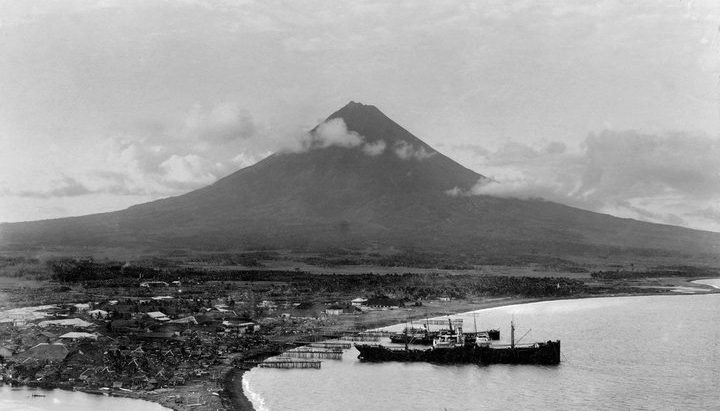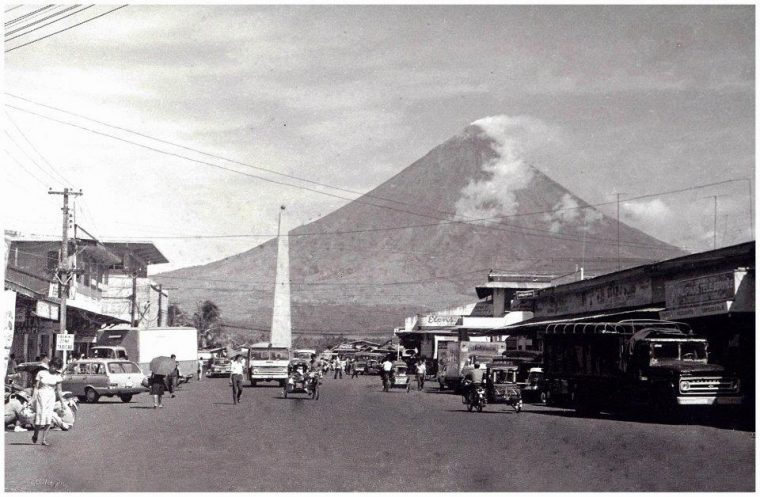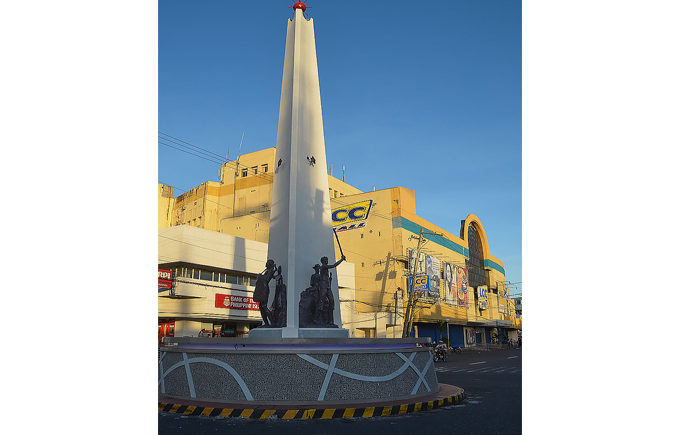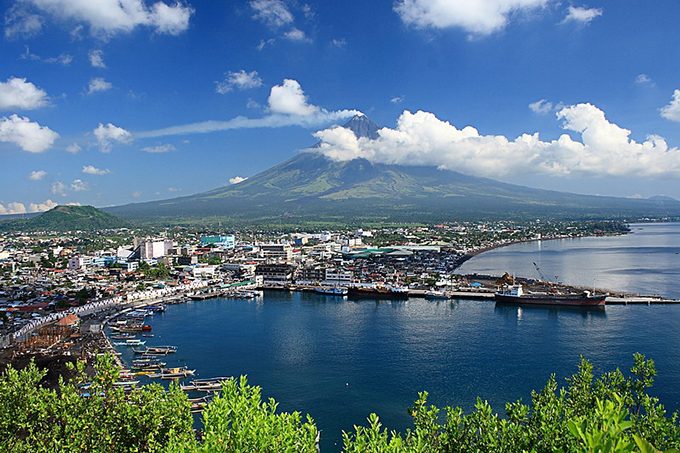History of Legazpi City
Legazpi started as a barangay called Sawangan (the present location of Legazpi Port). Its inhabitants were mostly fishermen and farmers. In 1587, Franciscan friars of the Doctrina of Cagsawa began to convert the settlement to Christianity; in 1616, they transformed it into a separate town and parish called “Albay.” Its first parish priest built a small chapel and established the “Mission de San Gregorio Magno de Sawangan.”

The eruption of Mayon Volcano on February 1, 1814 left a wide swath of destruction on two centuries of progress. It also forced inhabitants of the town to evacuate to Taysan (then known as Makalaya). They finally settled in Taytay (now Bagumbayan) as a result of the decree of the Gobierno Superior issued on October 1, 1829 prohibiting the founding of another town. In 1818, Sawangan, then already known as the town of Albay was separated from Cagsawa and was made the capital of the Partido de Ibalon (the old name of Albay Province).
Some of the people, however, remained in the old town and began anew as a barrio. In lieu of their former patron saint, St. Gregory the Great, which had also been transferred to Albay, they adopted St. Raphael the Archangel and transformed the ermita into a church. They finally regained their old status but never changed the name of the place as Albay Viejo or Banwang Daan. Even after their autonomy in 1856, they called it “Binanwahan” meaning the former site of a town. In their fight for autonomy which took 21 years, they sought the support of the Spaniards living in the town and as a sign of gratitude for their help; they readily accepted the name Legazpi for the town proposed by the Spaniards upon the fulfillment of their efforts to perpetuate the memory of the Adelantado Don Miguel Lopez de Legazpi. A royal decree dated September 22, 1856 officially gave the name of Legazpi to Old Albay, and with the visitas of Lamba, Rawis and Bigaa made it into an independent town. It was inaugurated on October 23, 1856 with Lorenzo Hac as the first elective gobernadorcillo and the Rev. Camilo Abainza as acting parish priest.


Now autonomous and mixed with the progress and prosperity it attained, Legazpi was declared by Royal Cedula on May 18, 1782 open to world trade.
Legazpi first became a city under the Bercerra Law of 1892. It constituted the municipalities of Legazpi, Albay Nuevo and Daraga into the Ayuntamiento de Albay. The first set of officials – Alcalde, Teniente de Alcalde, Sindico, Secretario, and Regidores (councilor) – took office in 1898. With the American occupation in 1940, the city was dissolved. Upon restoration of peace, the three towns were re-established and in 1908 became the municipality of Albay, the provincial capital of Albay. In 1922, the town of Daraga was separated from the capital. Legazpi became a city for the second time on July 18, 1948 when Daraga and Legazpi were combined to constitute its territory under Republic Act No. 306. With the re-creation of the two municipalities, the city was dissolved on June 8, 1954.
Finally, on June 12, 1959, Legazpi became a city for the third time under RA 2234. Amendments were introduced under RA 5525. Presidential Decree 125 issued on February 23, 1973 declared the town of Daraga as part of the territorial jurisdiction of the city. This decree however, was not implemented with the onset of the Integrated Reorganization Plan, which involved the restructuring of local governments.
Source: 1999 Socio Economic & Physical Profile, City of Legazpi, 6th Edition
